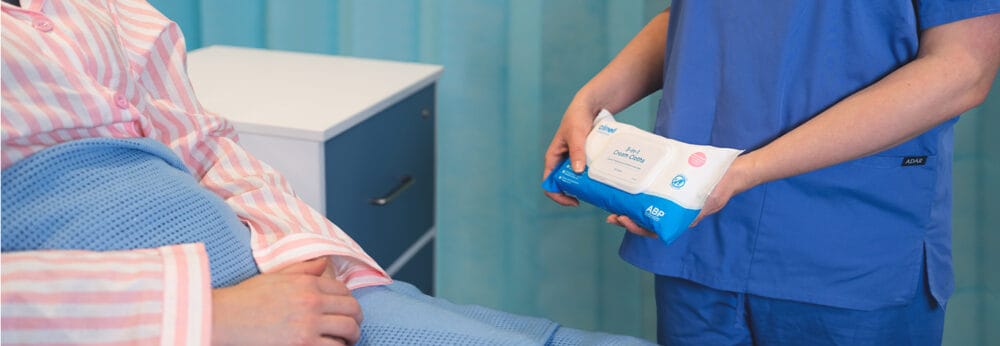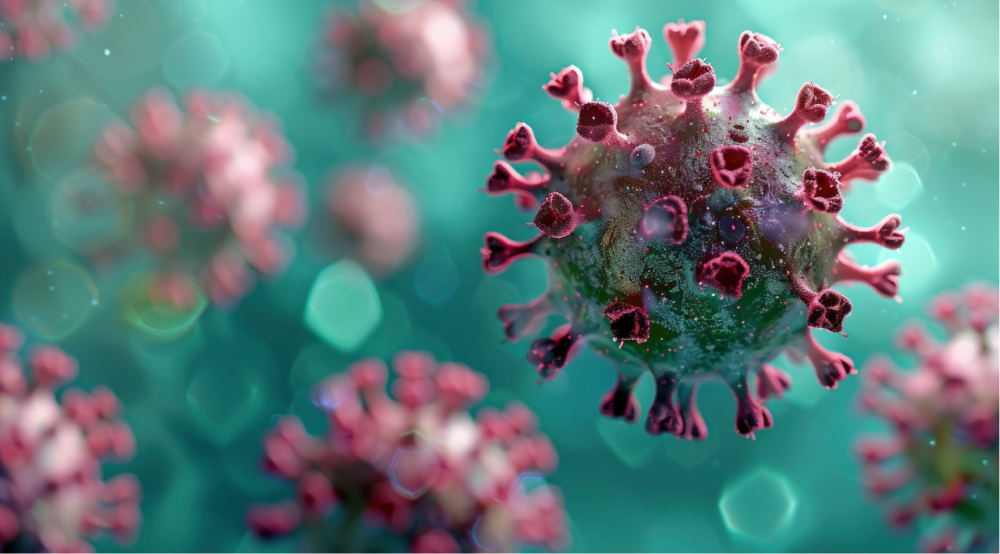Posted
7th May 2020
Research
There have been several studies examining the potential risk for contaminated environmental surfaces being involved in the transmission of COVID-19. We know that the SARS-CoV-2 virus, that causes COVID-19, can survive on dry surfaces for days, like its ‘cousins’ the SARS and MERS viruses. We know it can be found in clinical settings during the care of patients with COVID-19, and epidemiological information supports contact and droplet spread of COVID-19.
We know already from work done with other respiratory viruses like influenza and SARS that both contact and droplet transmission routes are important, especially in healthcare settings. In fact, epidemiological and modelling studies suggest that in some circumstances, contact routes can be more important than droplet routes in the transmission of influenza.
Data for the SARS-CoV-2 virus is emerging rapidly. From a biological point of view, the SARS-CoV-2 virus is structurally very similar to the SARS-CoV-1 virus (that causes SARS) so it seems reasonable that the transmission routes for SARS and COVID-19 are likely to be similar. Indeed, a laboratory based study showed that the SARS-CoV-2 virus shares very similar surface and air survival properties to the SARS-CoV-1 virus, having the capacity to survive for days on surfaces and in a laboratory-generated aerosol.
Several studies performed in clinical settings have tested surfaces to see whether the SARS-CoV-2 virus can be detected. For example, a study found that SARS-CoV-2 RNA could be found on a range of surfaces in two wards being used to care for patients with COVID-19. However, viral culture was not performed, so it’s not clear whether the RNA detected is from viable virus particles.
We know the droplet and contact transmission routes of related respiratory viruses. This, and the emerging evidence related to the SARS-CoV-2 viruses, supports an important role for surface contamination in the spread of COVID-19.
SHARE THIS ARTICLE
Tags
Latest News
Advancing Continence Care with Clinell Contiplan: Expanded Indications, Pathways and Proven Outcomes
This World Continence Week, Clinell Contiplan 3-in-1 Cream Cloths introduce…
Celebrating 20 Years of GAMA Healthcare: Our Story
This month, GAMA Healthcare celebrates 20 years of helping prevent…
Norovirus and gastroenteritis outbreaks, the party ‘pooper’ you don’t want invited!
Recently, on 11 October 2024, NSW Health issued a health…
Clean Between to Reduce Healthcare-Associated Infections
Healthcare-associated infections (HAIs) are a significant concern for healthcare facilities…



